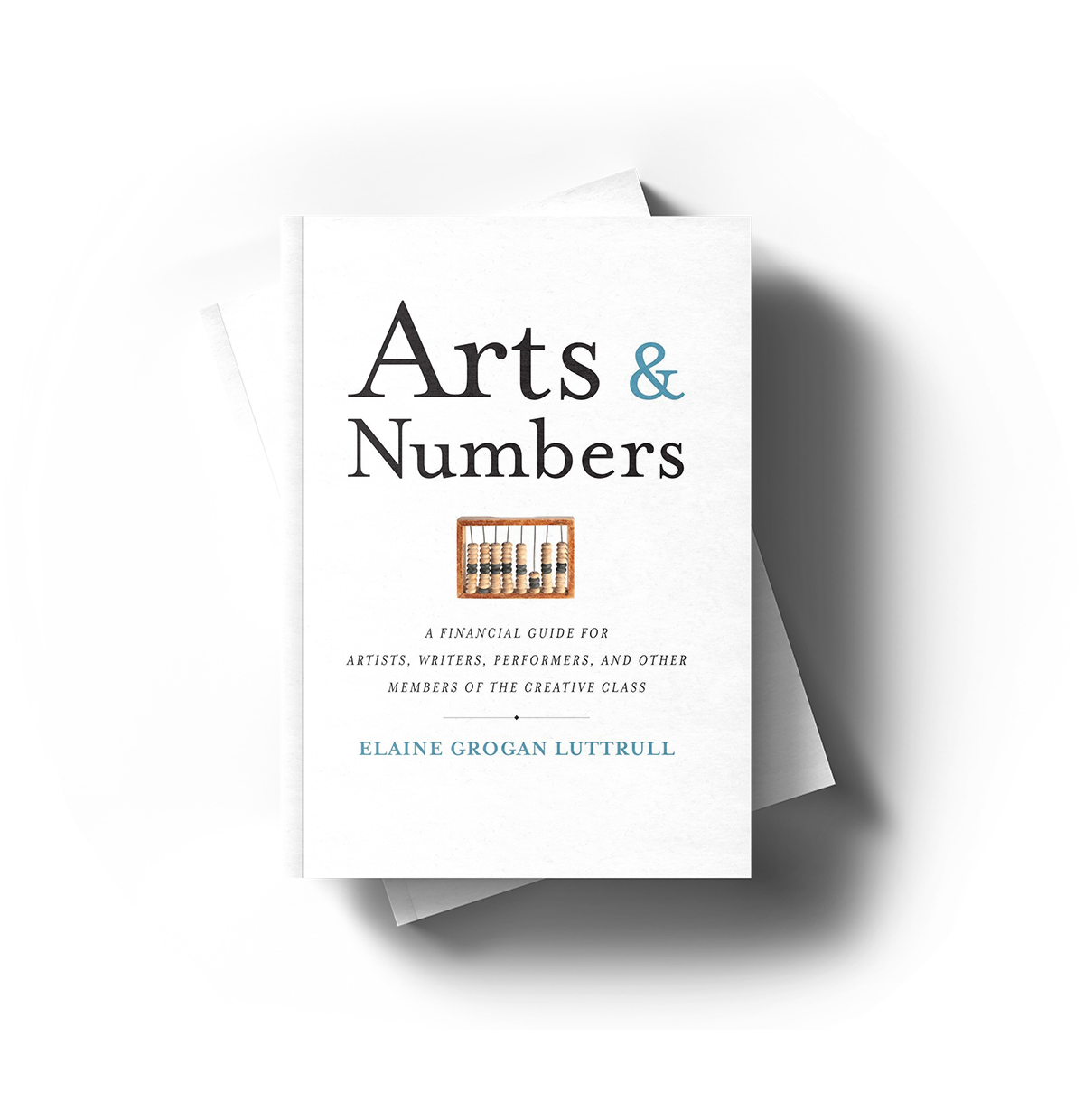November 2, 2021 • Newsletter
 This Month’s Money Message: Retire
This Month’s Money Message: Retire
One of the biggest benefits to a creative, entrepreneurial life is flexibility. (Oh sure, that can be a drawback too, but let’s focus on the benefit for now.)
That benefit really comes into play when it comes to retirement savings. Because income can be so uncertain and unpredictable, it can be hard during the year to set aside funds for retirement. After all, you might need them for any number of things – especially when so many opportunities continue to feel uncertain.
But as a self-employed creative entrepreneur, you have the benefit of setting aside funds for retirement once you know you can set them aside. And now is a great time to think through that.
Let’s start with what you earned for the year.
Now multiply that number by 20%. That’s the amount it would be great if you could save this year, and if you have been following along, you may have already been setting aside this much from each check you collected. But remember, your total savings can be for retirement, short-term needs, or other investment choices you want to make. This month, we’re focusing on the retirement piece, and 10-15% of your income is a good estimate for what you may want to set aside for retirement.
 If you’re not there, that’s okay too. Write down your number and see what percentage of your total income it makes up. That’s a good data point to keep handy.
If you’re not there, that’s okay too. Write down your number and see what percentage of your total income it makes up. That’s a good data point to keep handy.
For the 2021 year, you are allowed to contribute up to $58,000 to retirement plans. This amount counts both your portion and the portion your employer may pay. Your deferral (i.e., the amount you can defer income tax on until retirement) is $19,500.
These are handy limits to keep in mind as you determine which retirement vehicle might be best for you. And as you do that, go back to the amount you have saved (or plan to save).
If your retirement savings is less than $6,000, an IRA is probably a good choice. You can contribute up to $6,000 to either a Traditional or a Roth IRA, and these are easy to set up with your favorite financial institution. Fun fact: The main difference between a Traditional IRA and a Roth IRA is when you pay the taxes: Later (for a Traditional IRA) versus now (for a Roth).
If your retirement savings number is greater than $6,000, you have some extra choices to make. But, as with all choices, this requires that you have some extra numbers available as well.
If you have an employer that contributes to a retirement account on your behalf, maximize that benefit as much as humanly possible (and make sure to add the total amount – your part and your employer’s part – to your savings total).
If you have self-employment earnings, you can open your own retirement account. Both a SEP-IRA and a Solo 401(k) could be good choices. For some retirement plans (a SEP-IRA, for example), the net earnings from self-employment drive the contribution limit. You can contribute up to 25% of your net earnings from self-employment to a SEP, but you may not have known exactly what that would be until now-ish. Let’s pretend your net business earnings (income minus expenses) is $40,000. If you were to open a SEP-IRA, you could contribute $10,000 this year to reduce your taxable income and save for you own retirement. (If you had the cash to spare, you could also contribute $6,000 to an IRA.)
As you check in with your retirement this month, here are some things to know, do, and believe:
 Know: What you want to save for retirement this year. Aiming for 10-15% of your income is a great strategy. And also: Any savings is good savings.
Know: What you want to save for retirement this year. Aiming for 10-15% of your income is a great strategy. And also: Any savings is good savings.
 Do: Decide if your retirement vehicle is going to be an IRA ($6,000 limit), something through your employer (maximize this!), or something based on your own business earnings. Now that you have a better sense of what your business earnings will be for the year, you can make a more informed choice, especially about starting a SEP-IRA or a Solo 401(k).
Do: Decide if your retirement vehicle is going to be an IRA ($6,000 limit), something through your employer (maximize this!), or something based on your own business earnings. Now that you have a better sense of what your business earnings will be for the year, you can make a more informed choice, especially about starting a SEP-IRA or a Solo 401(k).
 Believe: You can save for retirement as someone who is self-employed in the arts. And remember, you can define what “retirement” looks like for you… It could be an extended self-funded residency or a prolonged sabbatical. Retirement doesn’t have to mean golf and travel. But you can do that too if you’d like.
Believe: You can save for retirement as someone who is self-employed in the arts. And remember, you can define what “retirement” looks like for you… It could be an extended self-funded residency or a prolonged sabbatical. Retirement doesn’t have to mean golf and travel. But you can do that too if you’d like.
What We’re Doing
November continues some of the autumn excitement for Elaine as she continues programs this month for the Joan Mitchell Foundation, the Dramatist Guild, Southwest Contemporary, the Indiana Arts Commission, and the AFCPE. kicks off the year’s fall busy season for Elaine. Plus, the multi-week courses with Creative Capital and CCAD continue this month, wrapping up just before the holiday season begins.
What We’re Talking About
Year-end planning… That’s what is coming up with clients of late. They are thinking about where their income and expenses will end up in 2021 and starting to think about saving and retirement for the year.
CREATIVE COACHING (1 HOUR, $110)
If you’d like to chat with me to answer your own questions, feel free to find a time that works with your schedule. Fair warning: These slots are full (ish) for the next month or so.
Retire
I hope your retirement check-ins go well this month. It can be overwhelming to dig into some of the technical details, but let your own numbers drive your needs. Until next month…
![]()


